Blog Details
Road trip to Hunza valley –A guide to the Road trip to the Hunza valley.
Hunza Valley is accessible by two main road routes from Islamabad:
- The Karakoram Highway.
- Babusar Pass, via the Naran valley.
1. The Karakoram Highway.
Travelling to the Hunza valley via the Karakoram Highway is a lengthy one. Apart from lengthy, the road is also bumpy, making the trip a bit hectic. The best part of this route is that it remains open throughout the year.
Route and Duration
- Islamabad --> Besham --> Chilas --> Gilgit --> Hunza
- Approximately a 16-hour drive along the Karakoram Highway.
- The road includes driving on the Hazar motorway from Islamabad to Besham.
- The distance from Islamabad to Hunza via the Karakoram Highway is
- Scenic drive along Karakoram Highway (KKH).
Pros of Road Trip
- The road remains open throughout the year.
- The Karakoram Highway offers a drive alongside the Indus River.
Cons of Road Trip
- The journey is long and tiring.
- The Lengthiest Road to reach the Hunza valley.
- The Karakoram Highway is a paved road, but bumpy at many locations due to repairing and natural disasters.
- There are also some seasonal risks, including landslides and floods during the summer.
2. The Babusar Pass, via the Naran valley.
The route to the Hunza Valley via the Babusar Pass is the most scenic route. The journey on this road to Hunza valley is much shorter and remains open from the first week of June till the end of October.
Route and Duration
- Islamabad --> Balakot Naran --> Babusar Pass --> Chilas --> Gilgit --> Hunza
- Approximately a 12-hour drive.
- The distance from Islamabad to Hunza via the Karakoram Highway is
- The most scenic drive. The road offers a view of lush green meadows, snowcapped mountains, lakes (Lulusar lake), and view of dense forest along the way.
Pros of Road Trip
- The travel duration on Babusar Pass Road is shorter.
- View of Alpine forests and lush green meadows.
- One can witness snow during the early days of June.
Cons of Road Trip
- Remains open for just 5 to 6 months due to heavy snowfalls.
- High traffic during the summer season.
- There are also some seasonal risks, including landslides and floods during the summer.
Hunza Tour by Air (Islamabad to Gilgit Flight)
Many people like to travel to the Hunza valley by air for a more comfort and luxury experience. There are only two airports in Gilgit-Baltistan that receive flights from the main cities of Pakistan.
- Gilgit Airport.
- Skardu Airport.
Gilgit Airport details.
Flight Details
- Daily flights, but flights are subjected to weather.
- Flight duration (~1 hour).
- Receives only ATR (small planes) and only one airline provides services (PIA).
- Receives flights from Islamabad airport.
- Receives flights from Lahore airport.
- Receives only connecting flights from Karachi airport (Karachi à Islamabad à Gilgit).
Pros of Gilgit Airport.
- Saves time, can reach the Hunza valley in just a 2-hour drive from the airport.
- Aerial views of the Himalayas and Karakoram.
Cons of Gilgit Airport.
- Subjected to weather, frequent cancellation of flights.
- More expensive.
- Limited baggage, allows only 20 kg per person. Additional charges for an increase in baggage weight.
Cost of ticket per person.
- Ranges from PKR 25000 to PKR 30000
Skardu Airport details.
Flight Details
- Daily flights.
- Flight duration (~1 hour).
- Receives air buses with multiple airline companies providing services including PIA, Airblue, and Serene Air.
- Receives flights from Islamabad airport.
- Receives flights from Lahore airport.
- Receives only direct flights from Karachi airport.
- And also receives international flights from Dubai.
Pros of Skardu Airport.
- Multiple airline companies provide service for the Skardu airport.
- Less expensive than the Gilgit airport.
- Fewer flight cancellations.
- Aerial views of the Himalayas and Karakoram.
Cons of Skardu Airport.
- An additional 4-hour drive is required to reach the Hunza Valley.
- Limited baggage, allows only 20 kg per person. Additional charges for an increase in baggage weight.
Cost of ticket per person.
- Ranges from PKR 20000 to PKR 25000
Itinerary for Road trip to Hunza valley vs by air tour of Hunza valley.
By road travel.
Day 01: Start your journey by travelling toward the Chilas valley.
Day 02: Drive towards Hunza valley.
Day 03: Explore the central Hunza, including Altit and Baltit forts.
Day 04: Drive and explore Upper Hunza Gojal valley, Visit Attabad Lake, Hussaini Suspension Bridge, and more.
Day 05: Drive to Khunjerab National Park and visit the Pakistan–China border.
Day 06: Drive Back to Chilas or Naran.
Day 07: Departure for Islamabad.
By air travel.
Day 01: Fly to Gilgit from Islamabad or Lahore and drive to Hunza Valley.
Day 02: Explore central Hunza, including Altit and Baltit fort
Day 03: Drive and explore Upper Hunza Gojal valley, Visit Attabad Lake, Hussaini Suspension Bridge, and more.
Day 04: Drive to Khunjerab National Park and visit the Pakistan–China border.
Day 05: Fly back to Islamabad or Lahore.
The trip to the Hunza valley is fun both by road and by air. But the choice is totally based once preferences. If you’re looking for a more luxurious, comfort journey and you have less time, we recommend choosing by air travel to the north. Whereas, if you have budget constraints or you are seeking adventure, road travel suits you the best.
The road trips can be hectic but if you want a full guided and hassle free tour via road to the Hunza valley, visit our by road tour to Hunza valley and for a comfortable journey book our by air trip to Hunza valley.

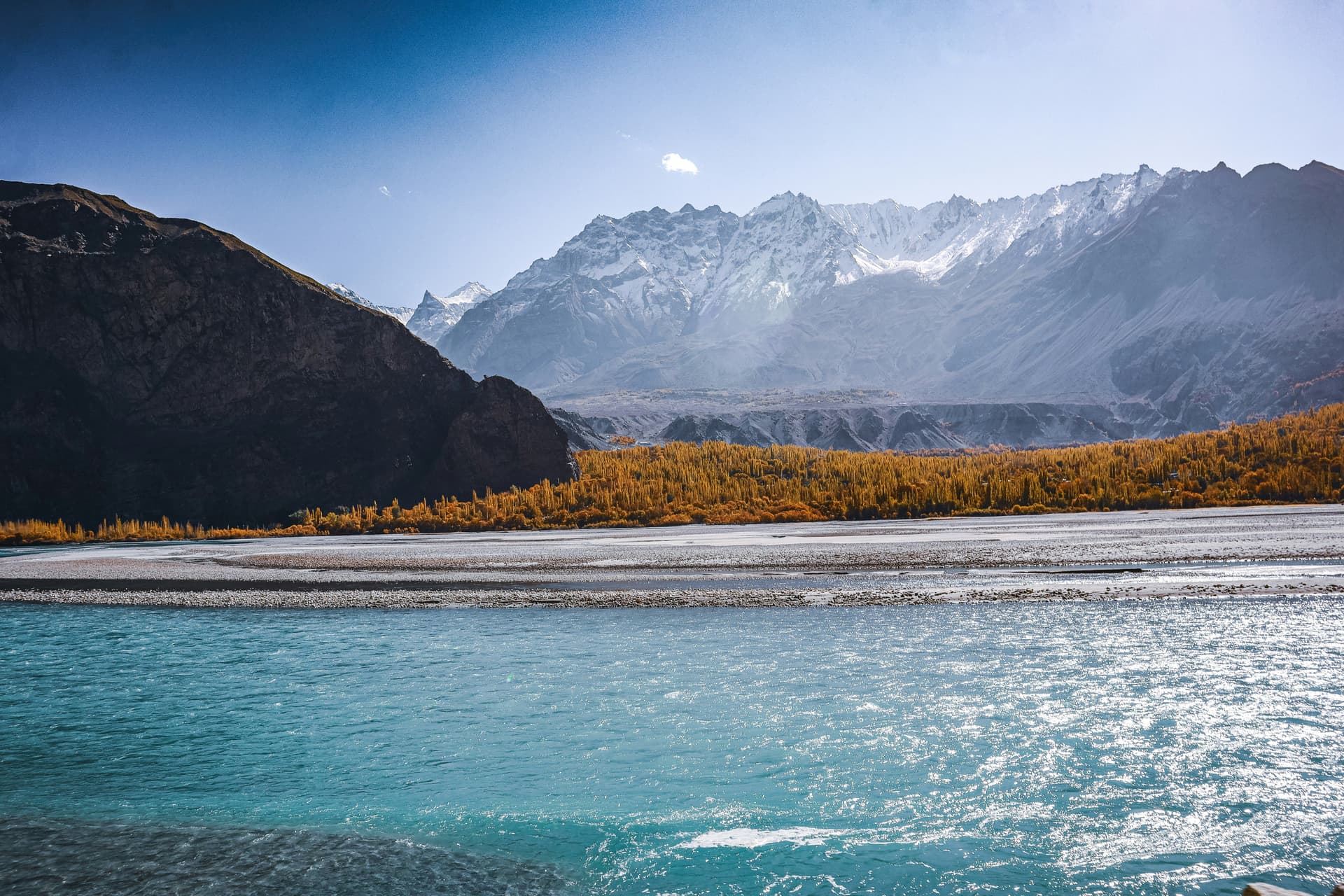
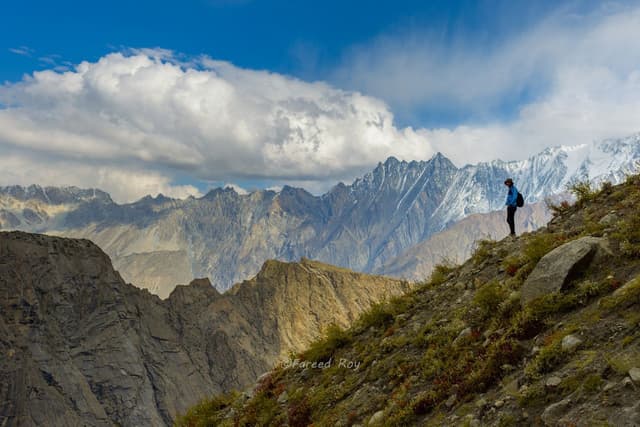 Hunza Valley Tour Packages (7-days)
Hunza Valley Tour Packages (7-days)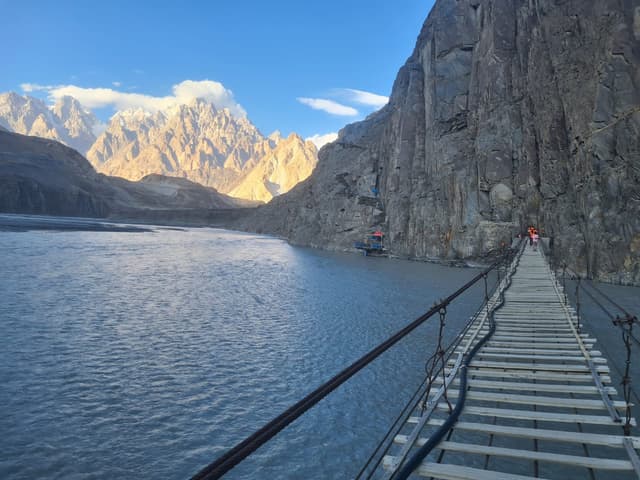 Hunza Valley Tour (7-days)
Hunza Valley Tour (7-days)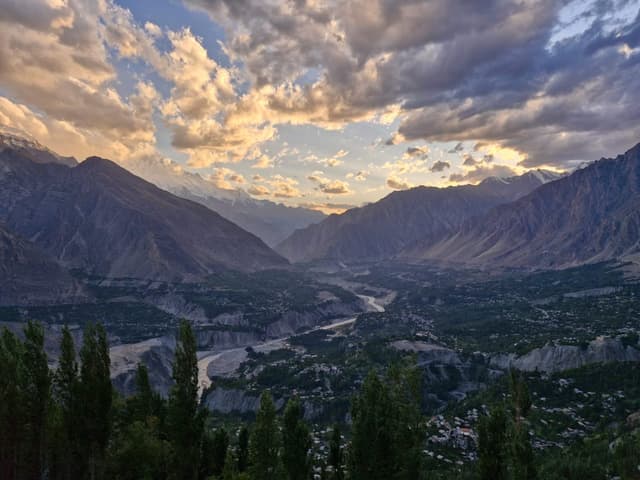 5 days trip to Hunza Valley by Air (5-days)
5 days trip to Hunza Valley by Air (5-days)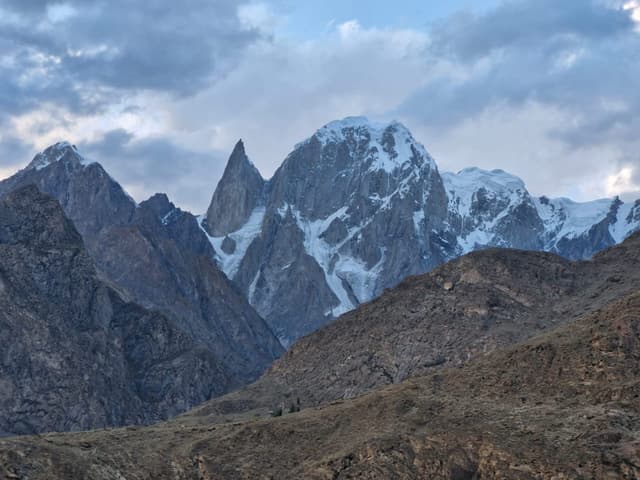 Hunza Tour by air for 06 days (6-days)
Hunza Tour by air for 06 days (6-days)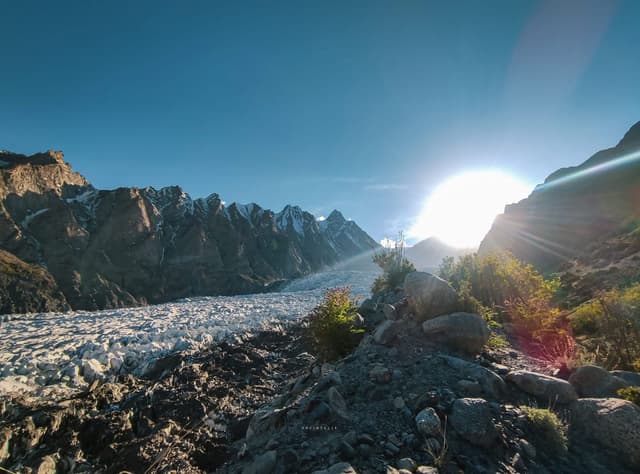 Hunza Valley and Rakaposhi Base Camp Trek and Tour (9-days)
Hunza Valley and Rakaposhi Base Camp Trek and Tour (9-days)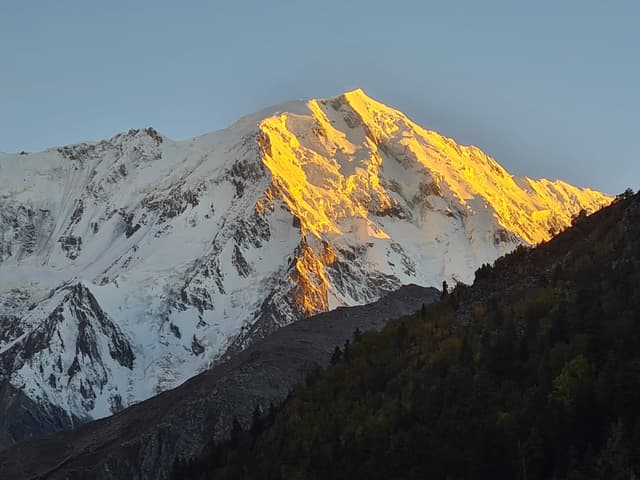 Fairy Meadows, Rakaposhi Basecamp, Hunza Valley and Patundas Trek and Tour (15-days)
Fairy Meadows, Rakaposhi Basecamp, Hunza Valley and Patundas Trek and Tour (15-days)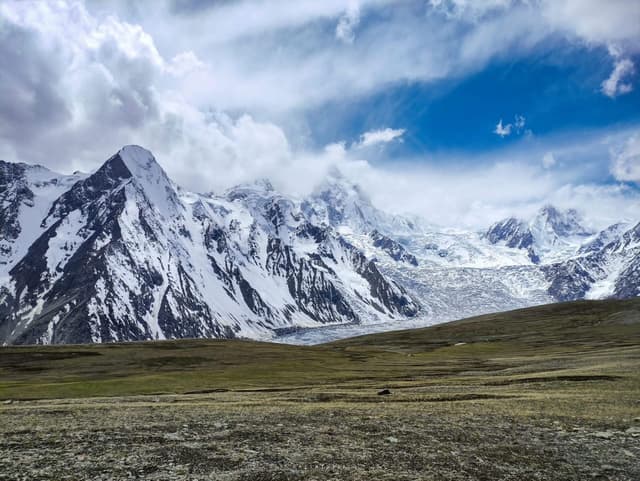 Patundas Trek Hunza (3-days)
Patundas Trek Hunza (3-days)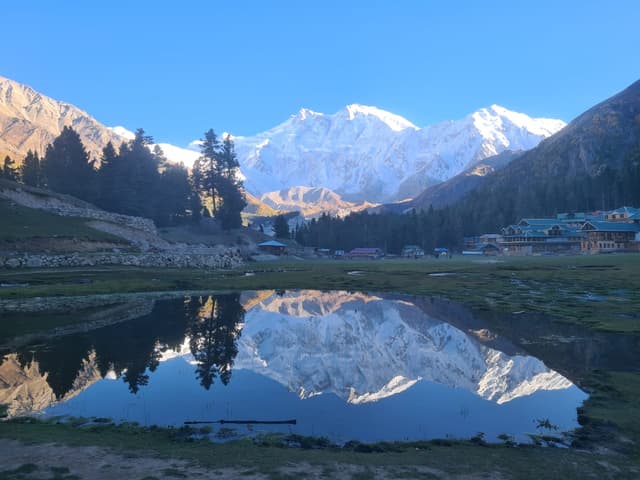 Hunza Valley and Fairy Meadows Tour (11-days)
Hunza Valley and Fairy Meadows Tour (11-days)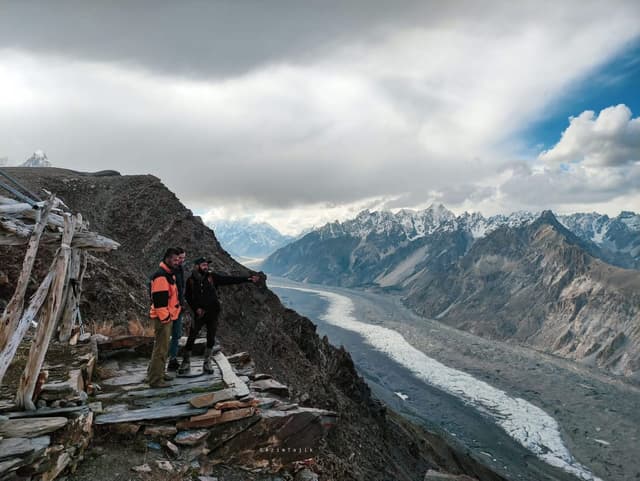 Hunza Valley and Patundas Trek (10-days)
Hunza Valley and Patundas Trek (10-days)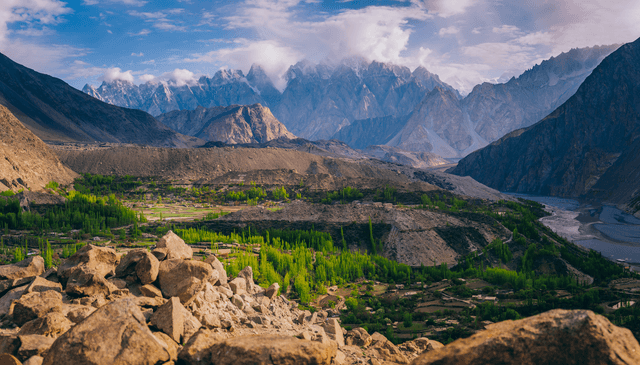 Hunza Autumn Tour (8-days)
Hunza Autumn Tour (8-days)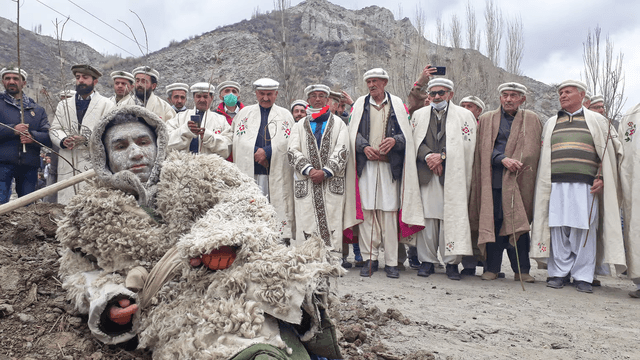 Tegham Spring Festival Hunza (6-days)
Tegham Spring Festival Hunza (6-days)